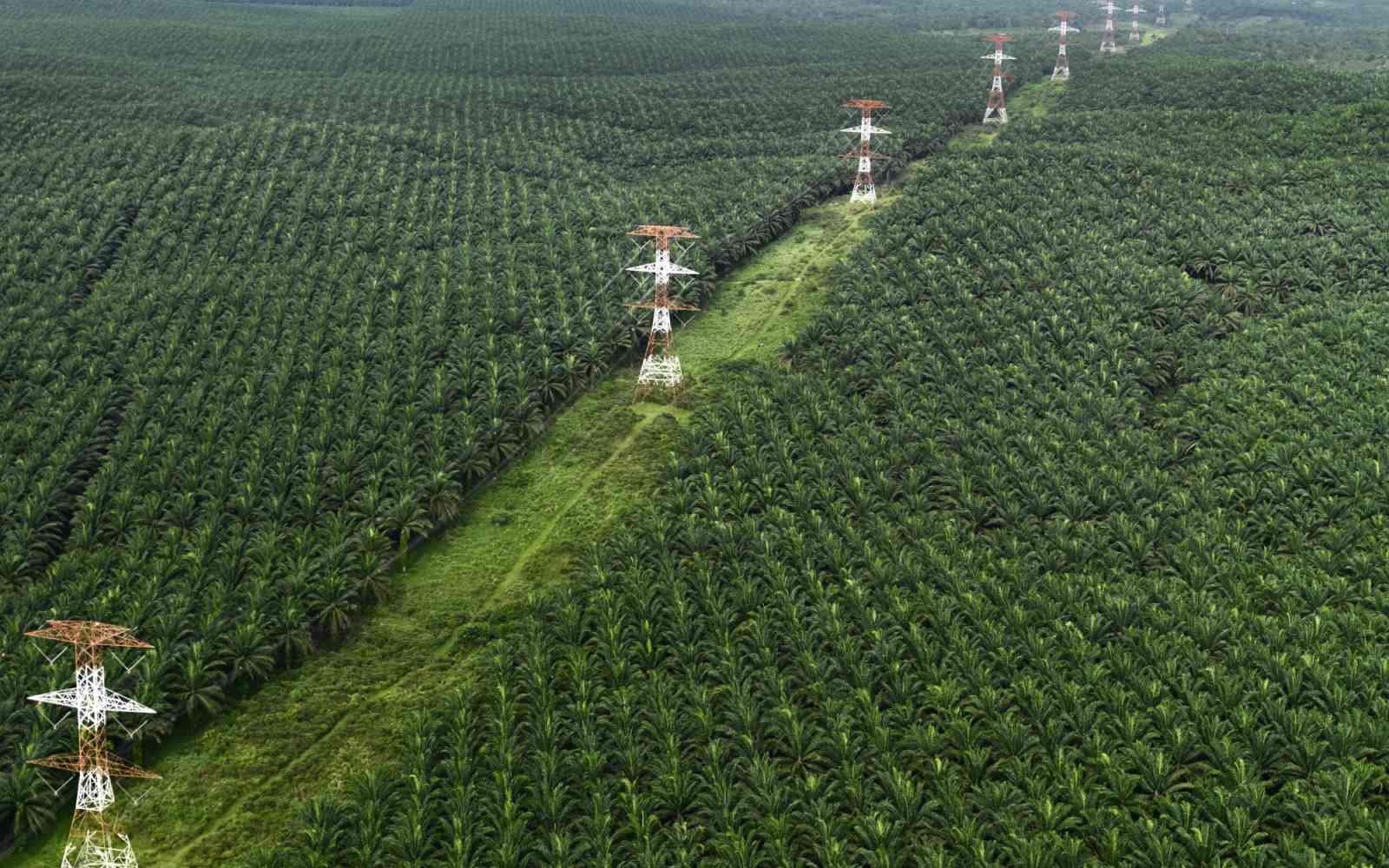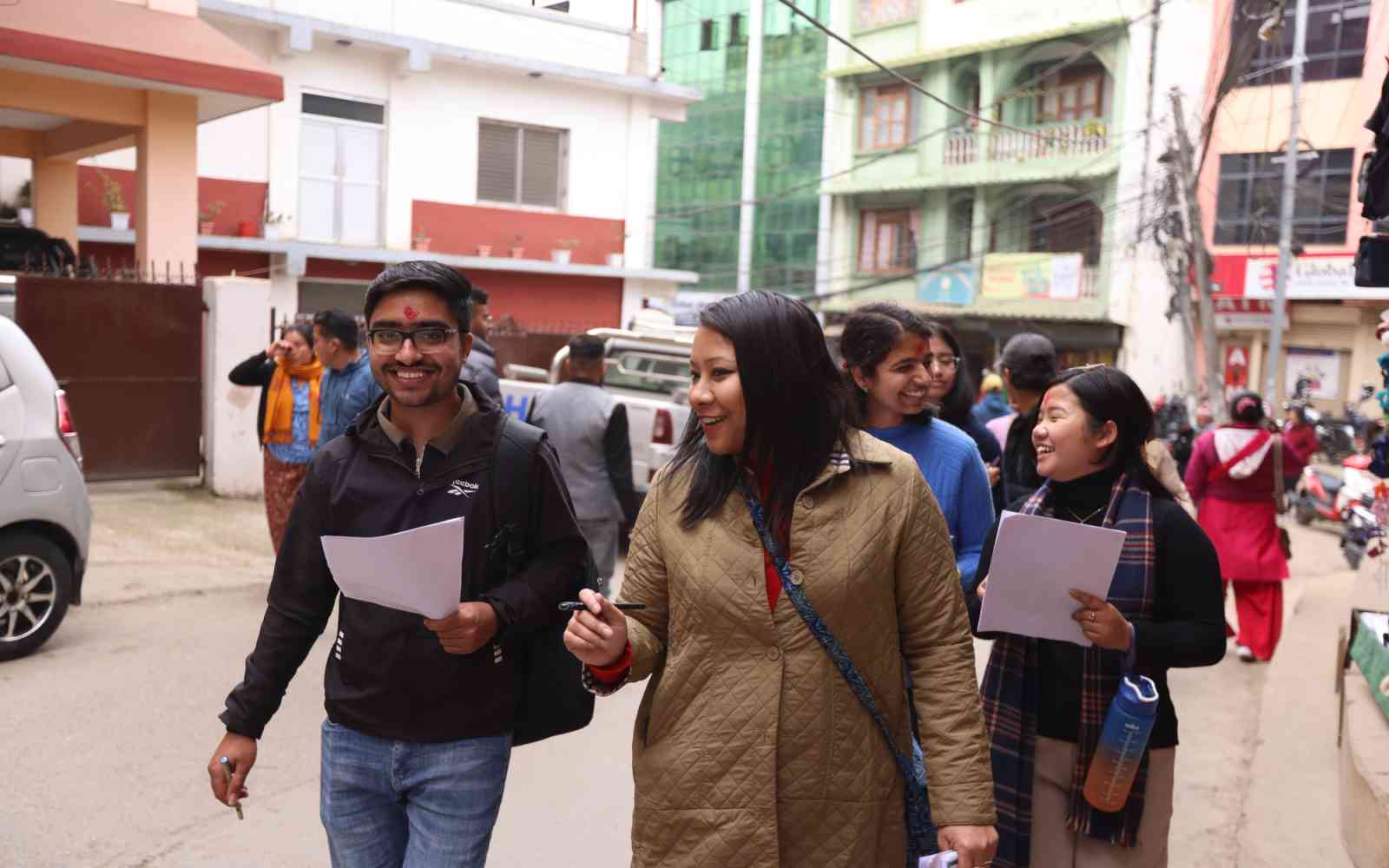 China
China
Key partners
China International Center for Economic and Technical Exchanges, Ministry of Commerce
Qingpu District government
UN organizations
UNOPS has been working in China since 2015. By providing technical assistance and advisory services, the organization has supported the government – fostering global innovation as well as improving health, agriculture and food safety.
In the country, UNOPS helps implement a UN sustainable procurement knowledge-sharing and capacity-building platform. This is done in cooperation with other UN organizations and the Ministry of Commerce, through the China International Center for Economic and Technical Exchanges. The platform helps small and medium-sized enterprises and women-owned businesses to directly engage in UN procurement processes and align with sustainable standards and best practices.
Key Information
-
UNOPS impact in China
By the end of 2022, the number of newly registered Chinese vendors increased by 19.5% compared to 2020 when the UN Global Marketplace platform was launched. The first group of 20 local suppliers has been engaged on a volunteer basis to participate in the UNOPS supplier sustainability programme - Delivering Responsibility in Vendor Engagement (DRiVE).
-
Current health expenditure (% of GDP)
Level of current health expenditure expressed as a percentage of GDP. Estimates of current health expenditures include healthcare goods and services consumed during each year. This indicator does not include capital health expenditures such as buildings, machinery, IT and stocks of vaccines for emergency or outbreaks.
Source: data.worldbank.org (2020)
Life expectancy at birth, total (years)
Life expectancy at birth indicates the number of years a newborn infant would live if prevailing patterns of mortality at the time of its birth were to stay the same throughout its life.
Source: data.worldbank.org (2022)
CO2 emissions (metric tons per capita)
Carbon dioxide emissions are those stemming from the burning of fossil fuels and the manufacture of cement. They include carbon dioxide produced during consumption of solid, liquid, and gas fuels and gas flaring.
Source: data.worldbank.org (2020)
Total population
Total population is based on the de facto definition of population, which counts all residents regardless of legal status or citizenship. The values shown are midyear estimates.
Source: data.worldbank.org (2022)
-
 Contact Details
Contact Details
UNOPS China
No. 2 LiangMaHe NanLu,
Chaoyang District, Beijing, China
100600
Tel: +86 10 85320721
Active projects in the region
Explore further

 China
China












